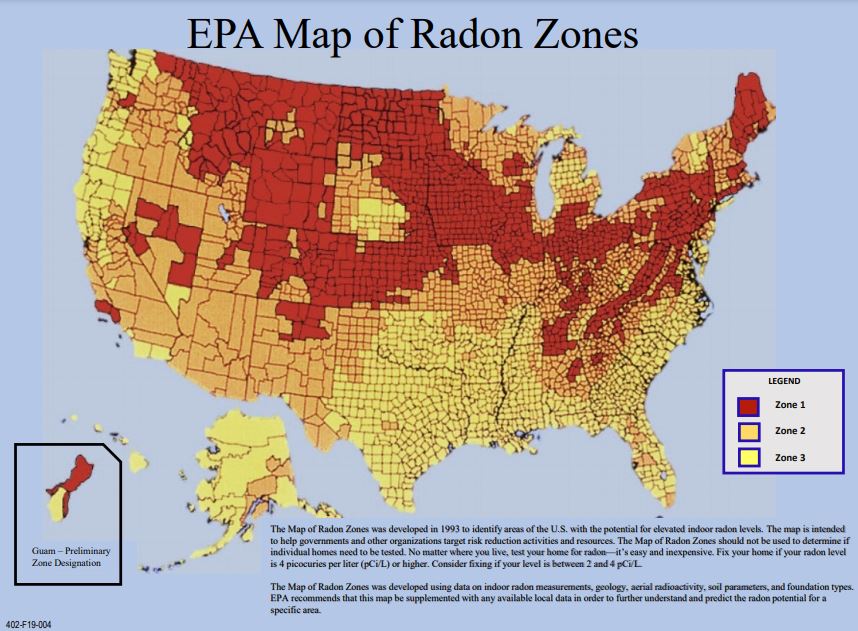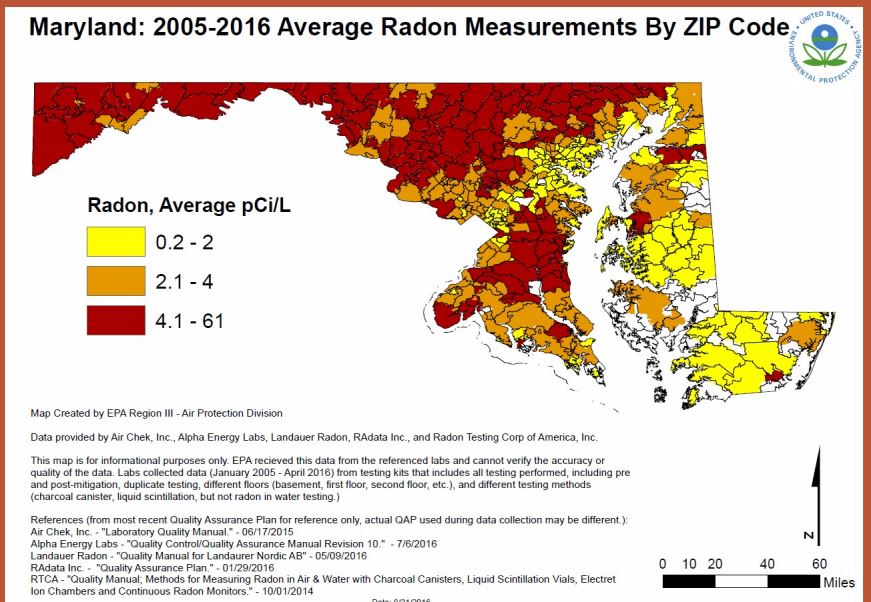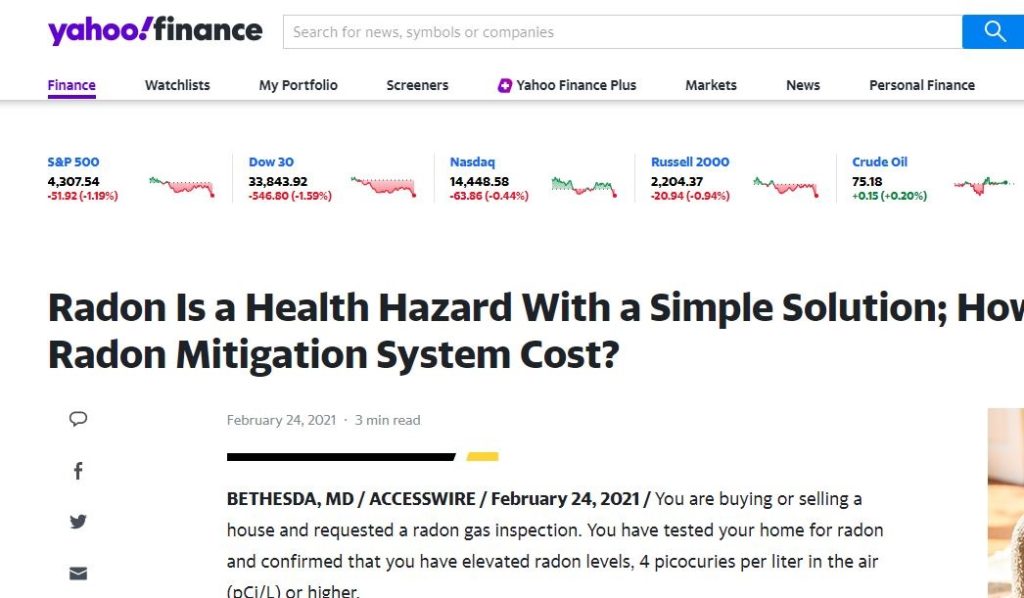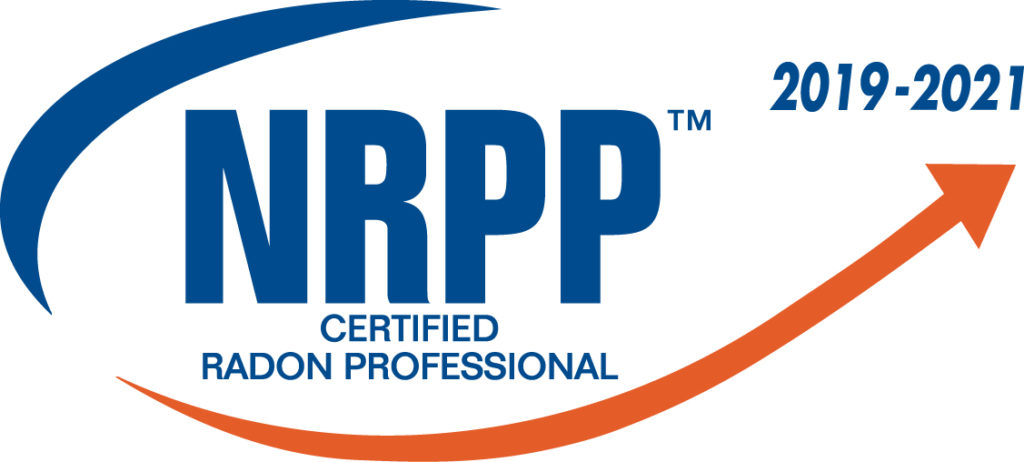Radon Effects on Humans
- Written by: Kate Holder
- Category: Uncategorized
- Published: January 19, 2022
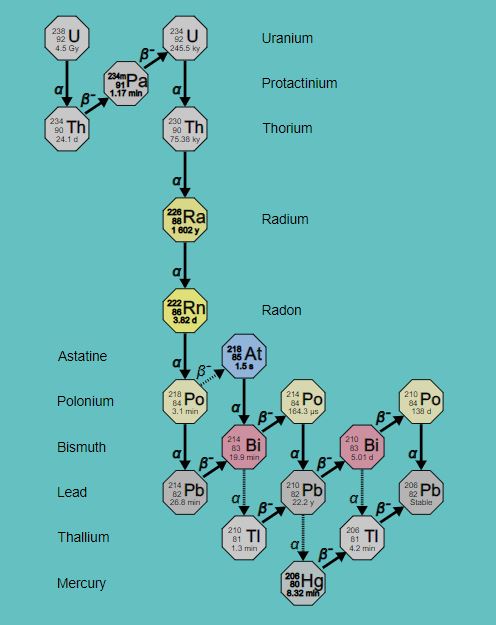
- Radon is a radioactive gas with a short radioactive decay half-time (< 4 days), releasing alpha particles. However, it is continually produced and released by rocks or other materials containing uranium.
- Radon is a heavy gas and will accumulate in indoor air and low-lying areas, particularly basements in areas with high granite content.
- Radon is an alpha-decay element from radium, which is itself an alpha-decay product of uranium and thorium.
- Granite (igneous rock) contains higher concentrations of uranium and thorium than does sedimentary rock, hence its greater release of radon.
As radon itself decays, it produces additional short-lived radioactive particles that emit alpha radiation and beta radiation. These radioactive products are called radon daughters. Radon daughters can bind to particles, such as dust and tobacco smoke, and be inhaled.
Concentrations of radon and its radioactive decay products are generally higher indoors than outdoors in homes, schools, and office buildings. This is particularly true of newer construction designed to be more energy-efficient with decreased ventilation from outdoors.
Radon can also be released from groundwater, particularly well water, into the air during showering, washing of clothes and dishes, and other disturbances, such as flushing toilets. Radon is also released into the air in a home where natural gas or propane is burned in a stove or furnace. Most inhaled radon is either exhaled or retained within the lungs; and not transmitted to other areas of the body. Damage from inhalation is therefore primarily local to the lungs, particularly at bronchial bifurcations, where impaction of radioactive particles is more likely.
Ingestion of radon and radon daughters –primarily in drinking water from groundwater sources- although a secondary pathway of concern for adults, is a primary exposure route of concern for the developing fetus. While most ingested radon gas (dissolved in water) is exhaled after absorption, some can undergo radioactive decay within organs to which it is distributed, including fetal transfer via the placenta. This pathway is the primary pathway for exposure of the fetus.
All individuals are at risk of adverse health effects if sufficient radon exposure occurs, predominantly an increased risk of lung cancer in the future.
There is suggestive evidence that radon exposure during pregnancy is associated with the development of fetal malformations. The evidence of an association is strongest for cleft lip and cleft palate; skeletal abnormalities including the feet and lower limbs, and spine may also be associated with radon exposure.
Health Impacts
Alpha particles do not penetrate skin, but if the elements producing them are inhaled or ingested, radioactive damage can occur to the cells lining the respiratory and gastrointestinal tract; radon can be absorbed into the bloodstream and be transported to other organs, where decay products can continue to release radiation.
The primary health concern is damage to respiratory epithelium, with resulting increased risk of lung cancer. Radon is the 2nd leading cause of lung cancer, trailing far behind tobacco smoking. Radon is the largest cause of lung cancer in non-smokers.
While it is possible that a large exposure to alpha radiation early in pregnancy will lead to fetal demise, this has not been demonstrated for amounts of radiation exposure likely in residential settings.
Radiation to the nucleus of a cell can result in damage to DNA with potential errors in repair increasing as the number of alpha particles or other radiation source increase. Because alpha particles (a helium nucleus) cannot penetrate as gamma or X-rays can, damage is usually more localized and limited.
Two studies looking for epidemiological evidence of the potential birth defect impact of radon have found similar risks for orofacial defects such as cleft lip with or without cleft palate. While both studies have limitations, the fact that one used measurements of radon in drinking water, while the other used regional designations of radon in indoor air provide some evidence for concern, based on consistency of findings across studies using different assessment methodologies, and dose-response (by proxy).
Note, however, that the confidence intervals for the findings include 1, except for the highest quartile of exposure (see table below). Note, also, that other congenital malformations also show consistent and statistically significant trends. Because of multiple comparisons, some of these associations may be by chance alone. It should also be noted that the postulated radiation exposures are at levels below the EPA’s action level.
Also it is very important to emphasize that the background rate of orofacial malformations is approximately 1 in 1000 births, so even a doubling of the risk would only mean 2 in 1000 births, and no impact on the remaining 998. For perspective, this information could be presented to a “high exposure risk” patient, asking if there is a family history of cleft palate or cleft lip. In the absence of such a history, the potential exposure, while needing to be documented, is very unlikely to cause an abnormality.
Assessment & Risk Reduction
Do you or does someone in your home smoke?
Tobacco products contain uranium and radium, which generate radon and radon daughters by radioactive decay.
Tobacco smoke particulates can bind with existing radon daughter particles, and be inhaled and ingested.
Do you live in a county designated Zone 1 by the EPA’s categorization of indoor radon levels?
While the average indoor air concentration of radon is reported as 1.3 pCi/L of air, this can range from a low of <0.5 to more than 8 pCi/L (picocuries/liter of air as a measure of radioactive particle emissions –or 2 radioactive disintegrations of radon/minute in 1 liter of air).The EPA action level of 4 pCi/L air is not a health-based determination, but reflects the fact that commonly performed remediation techniques can reliably reduce dwelling air radon concentrations to below 4 pCi/L.
Are the bedrooms in your home in the basement or ground floor?
Radon is approximately 9 times as heavy as air, and thus will be higher in lower levels of the home. Consider to relocate upstairs.
Have you had your home tested for radon?
The EPA recommends that every home be tested for radon, the characteristics of the individual home determine the indoor radon concentration
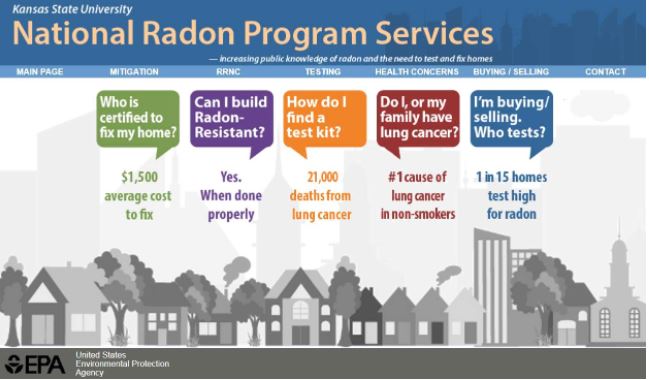
Do you drink water from a private well?
Public drinking water supplies are regulated by the EPA for alpha-emitting particles and radium (parent radionuclide of radon) in drinking water as a component of a multi-media mitigation program to address radon in both air and water.
Private well water is not routinely tested and is the responsibility of the homeowner to have performed.
In conclusion, radon is a gas with a radioactive decay half-time of less than 4 days. However, since radon is continuously produced by ores containing uranium and is a very heavy gas, it can accumulate in indoor air and low-lying areas. Additionally, radon decays and produces additional short-lived radioactive particles that emit alpha radiation and beta radiation called radon daughters. Radon daughters can bind to particles, such as dust and tobacco smoke, and be inhaled.
While all individuals are at risk of adverse health effects if sufficient radon exposures occurs, pregnant women and the fetus are the most vulnerable populations. Ingestion of radon and radon daughters, primarily in drinking water from groundwater sources, is a primary exposure route of concern for the developing fetus. Ingestion is the primary pathway for exposure of the fetus.

